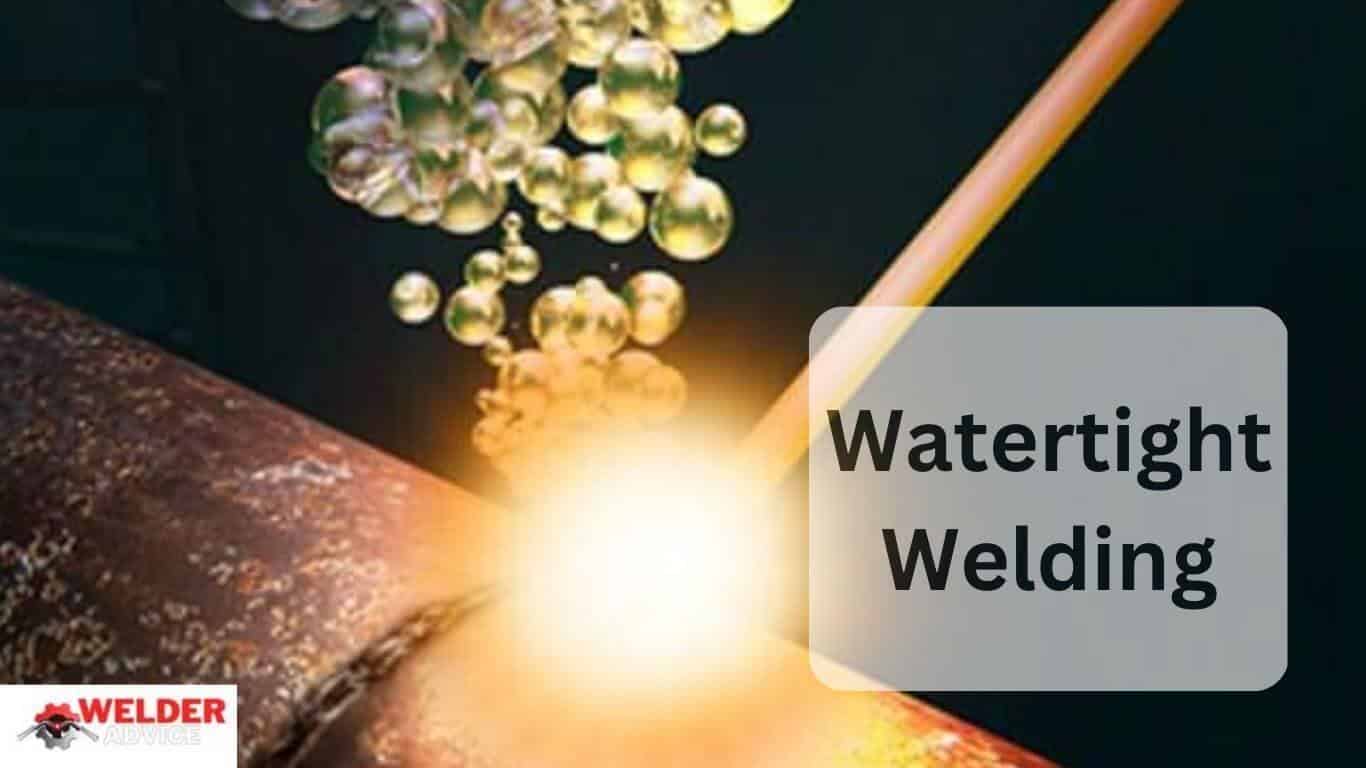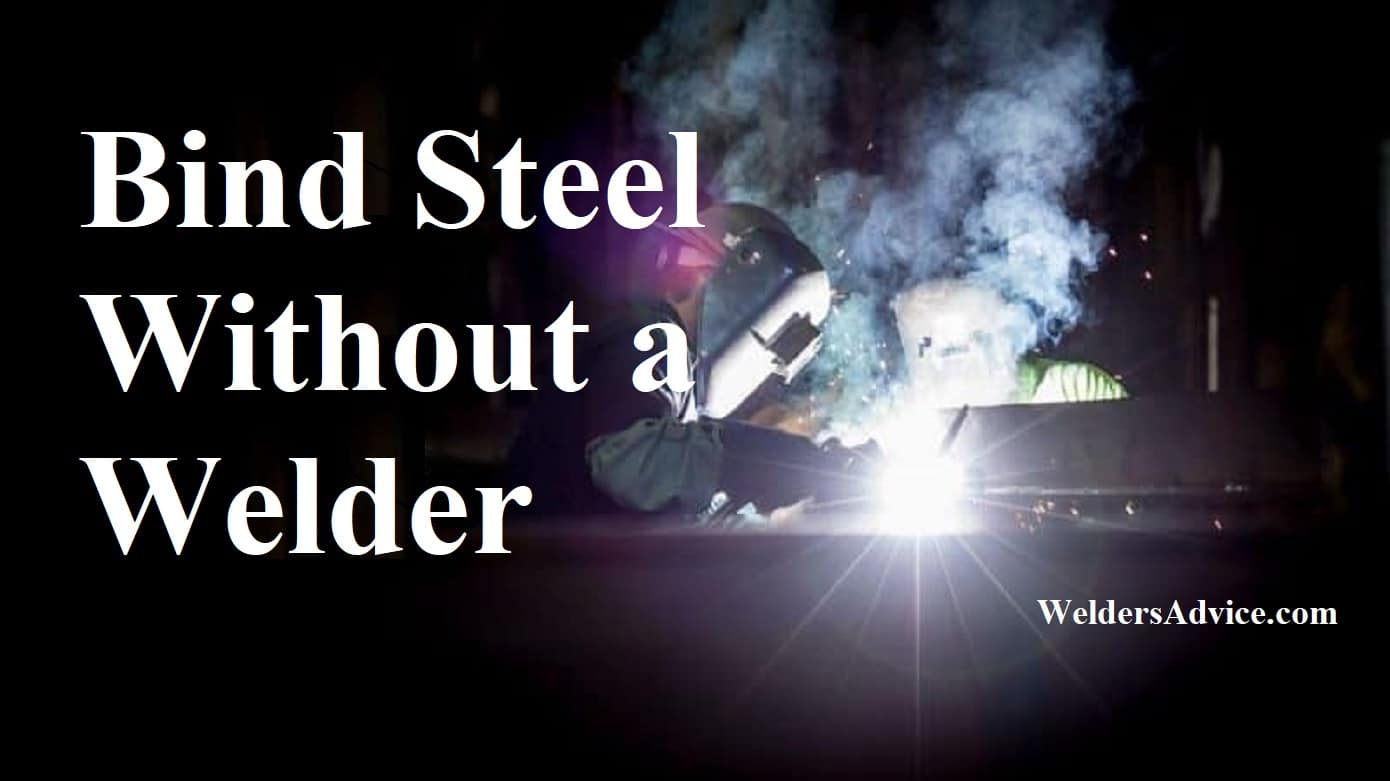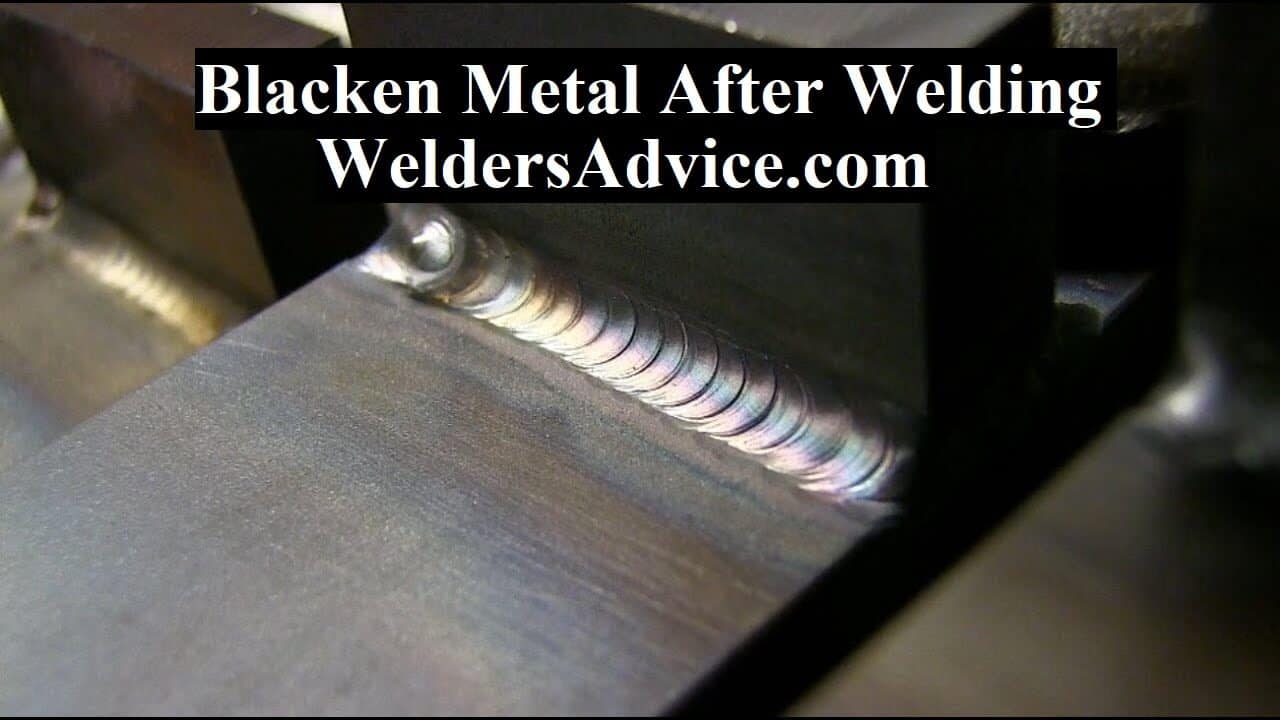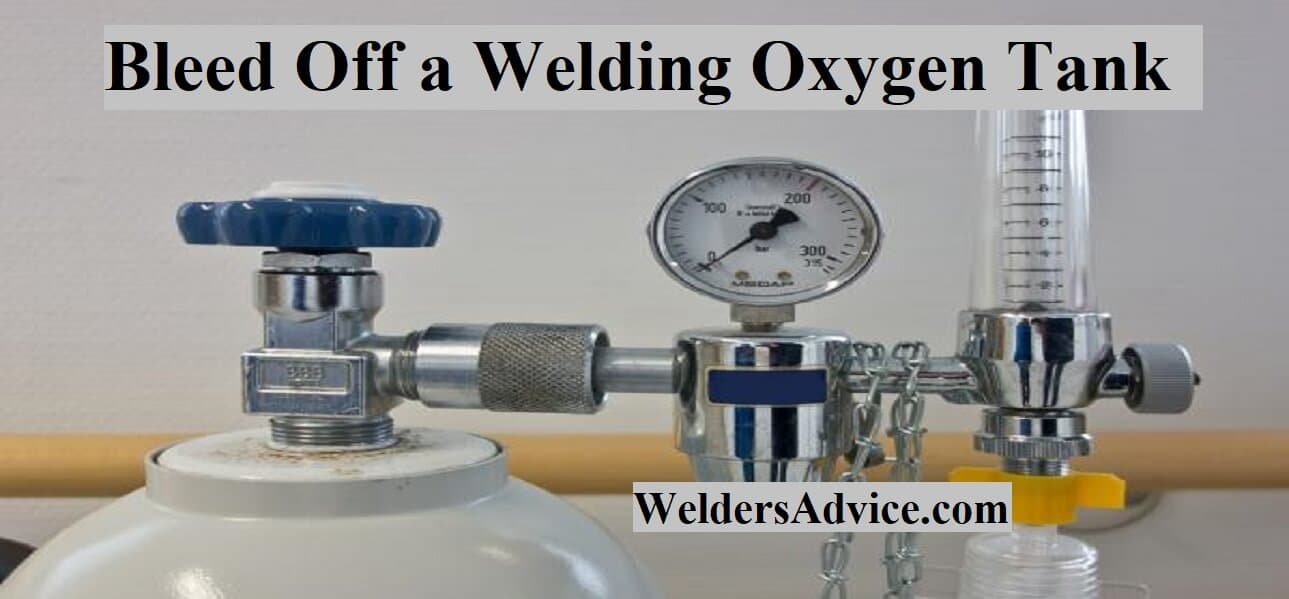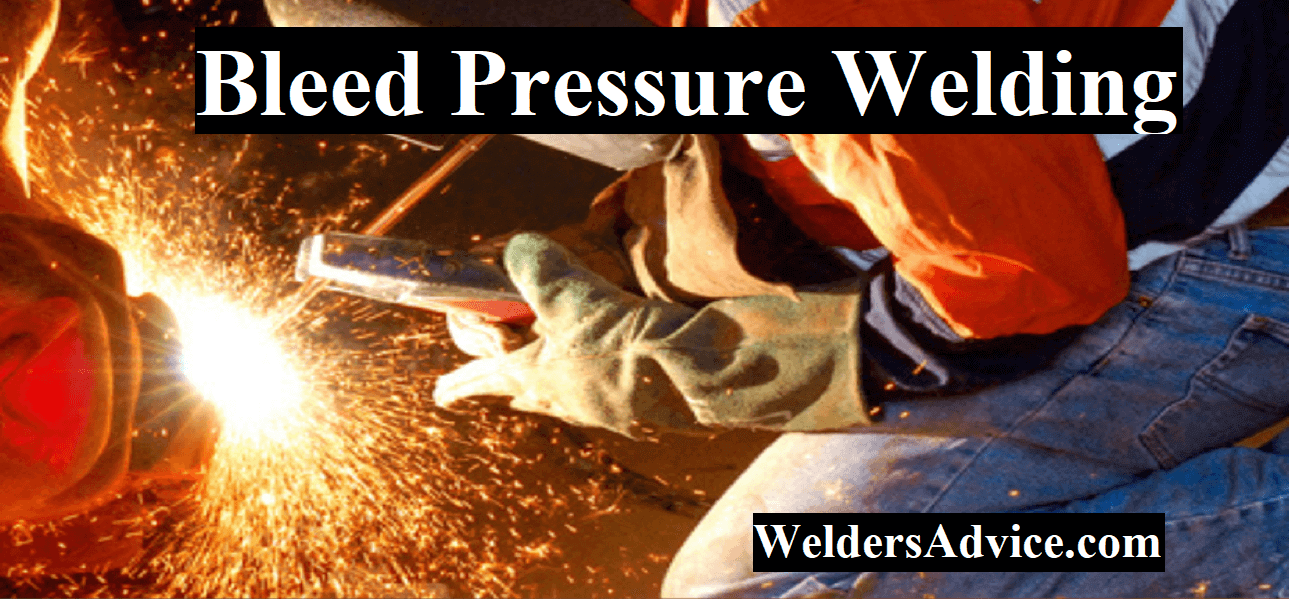Watertight welding, also known as pressure-tight welding. That involves creating a joint that is completely impervious to liquids or gases. Use this type of welding is commonly in the construction of ships, submarines, and other vessels. That requires a watertight seal to prevent leaks or flooding.
In this article, we will explore the details of watertight welding, including the different types of welds used, the materials and equipment required, and the challenges and risks associated with this. We will also discuss the importance of watertight welding in various industries and the role it plays in ensuring the safety and reliability of critical infrastructure.
- What is a Watertight Weld?
- How Does Watertight Welding Differ From Other Forms of Welding?
- Common materials and equipment used in watertight welding
- Use of Watertight Weld
- Which Type of Welding is Suitable for Making Water Tight Leak Proof Joints?
- Typical applications of watertight welding in various industries
- Understanding Watertight Welding
- Applications in Marine Industry
- Applications in Oil and Gas Industry
- Applications in Construction Industry
- Factors That Affect The Quality And Durability of Watertight Welds
- Safety Measures When Performing Watertight Welding
- Wear appropriate protective gear
- Ensure proper ventilation
- Use the correct welding equipment
- Follow proper welding procedures
- Conduct regular safety inspections
- Water Tight Weld Symbol
- Final Thoughts
What is a Watertight Weld?
A watertight weld is a process that creates an airtight joint between two pieces of metal. This type of weld often uses specialized techniques and materials to ensure that the joint does not leak any fluids, gases, or other substances when exposed to liquids. Make sure the welding area is completely sealed off so no moisture can pass through it.
How Does Watertight Welding Differ From Other Forms of Welding?
There are several differences between watertight welding and other forms of welding.
Firstly, watertight welding requires a high level of precision and attention to detail. The welder must ensure that the joint is completely free of any imperfections that could compromise its ability to resist water.
Secondly, watertight welding typically involves the use of specialized equipment and materials, such as waterproof welding rods and electrodes, to ensure that the weld is as watertight as possible.
Another significant difference between watertight welding and other forms of welding is the inspection process. Because the goal of watertight welding is to create a joint that is impermeable to water, the weld must undergo rigorous testing to ensure that it meets the required standards.
This may include pressure testing, visual inspections, and other tests to ensure that the joint is completely watertight.
Common materials and equipment used in watertight welding
It is a vital process used in various industries. Such as shipbuilding, offshore oil rig construction, and underwater pipeline installation. This process involves the joining of two metal surfaces to make them water-resistant. The materials and equipment used in watertight welding are critical to ensure the safety and durability of the welded structure.
Materials Used:
Metal plates or pipes
The primary materials used in watertight welding are metal plates or pipes. Shipbuilding, offshore oil rig construction, and underwater pipeline installation use these materials.
Welding consumables
Welding consumables join two metal surfaces by using specific materials. The common welding consumables used in watertight welding are welding rods, filler metals, and flux.
Sealants
To seal any gaps or spaces between the welded surfaces, one uses sealants. These are essential to ensure the water resistance of the welded structure. The common sealants used in watertight welding are silicone sealants, epoxy, and polyurethane.
Equipment Used:
Welding machines
To generate the high temperature required to melt the metal surfaces and join them, one uses welding machines. The common machines used in watertight welding are TIG (Tungsten Inert Gas) machines, MIG (Metal Inert Gas) machines, and Stick welding machines.
Welding torches
Welding torches are used to direct the high temperature generated by the welding machine to the metal surfaces. The common torches used in watertight welding are TIG torches, MIG torches, and Stick welding torches.
Protective gears
Protective gears are essential to protect the welders from the high temperature, radiation, and fumes generated during the welding process. The common protective gears used in watertight welding are welding helmets, gloves, aprons, and boots.
You May Also Read:
Use of Watertight Weld
Watertight welds are used in numerous industries, including plumbing and construction projects. To create a watertight weld, the welder must first prep the material by cleaning it thoroughly with a brush and grinding wheel before beginning welding operations.
After prepping, they will use either TIG (Tungsten Inert Gas) or MIG (Metal Inert Gas) welding processes depending on their experience level and what kind of metals they plan to join together.
Both TIG and MIG welding requires precise control over heat levels as well as manipulating filler materials like rods or wires into place in order for them to properly bond with one another during the cooling process once the molten metal cools down from its high temperatures needed during this process.
Once complete, these joints should have minimal porosity which helps increase their overall strength. While at the same time making them resistant to corrosion caused by exposure to moisture-rich environments. Such as saltwater ocean fronts or humid climates near riversides. Where rusting occurs more quickly than normal due to higher levels of humidity present there. Throughout most days out of every year.
Which Type of Welding is Suitable for Making Water Tight Leak Proof Joints?
MIG welding is an ideal type of welding for making water-tight leakproof joints due to its precision and accuracy. The process uses a continuous electric arc between a wire electrode and the workpiece to generate heat. Which melts the metal parts being welded together. This results in strong, durable bonds that are able to withstand high temperatures and environmental pressures such as those generated by water or other liquids.
MIG welding also has the advantage of being relatively quick compared to other types of joining processes. Making it suitable for applications where speed is important or when there are multiple pieces that need to be joined quickly.
Additionally, since this process requires minimal preparation before beginning welding, it can help reduce material waste while still producing reliable results that will stand up over time.
Typical applications of watertight welding in various industries
This process is commonly used in various industries, including marine, oil and gas, and construction, among others. In this article, we will explore the typical applications of watertight welding.
Understanding Watertight Welding
To understand the applications, it is essential to first grasp the process. Watertight welding is a technique used to join two pieces of metal together to create a waterproof seal.
The process involves heating the metal to its melting point and then fusing it together using a welding rod. The result is a strong, watertight joint that is resistant to corrosion and leakage.
Applications in Marine Industry
The marine industry is one of the primary users of watertight welding. Ships, boats, and other vessels require watertight joints to protect against water ingress. It is used to join the hulls, decks, and other structures of vessels.
For example, the hull of a ship is welded together using watertight welding to prevent water from entering the vessel. The same applies to the deck, which must be watertight to prevent water from entering the vessel’s interior.
Applications in Oil and Gas Industry
The oil and gas industry also relies heavily on watertight welding. Pipelines, tanks, and other structures used in the industry must be watertight to prevent leakage. it is used to join the different sections of a pipeline, ensuring that it is leak-proof. The same applies to tanks used to store oil and gas. Watertight welding is used to create a seal between the tank’s different sections, ensuring that there is no leakage.
Applications in Construction Industry
The construction industry also uses watertight welding in various applications. For example, watertight welding is used to join the different sections of a building’s foundation, ensuring that it is waterproof.
The same applies to the walls, roofs, and other structures of a building. Watertight welding is used to create a seal between the different sections. Which prevents water from entering the building.
Factors That Affect The Quality And Durability of Watertight Welds
There are several factors that affect the quality and durability of watertight welds. These include:
Welding Method
This method can significantly impact the quality and durability of watertight welds. Some methods, such as TIG welding, produce high-quality welds with minimal heat input, which reduces the risk of distortion and cracking.
Welding Parameters
The parameters, such as the heat input, welding speed, and electrode size, can also affect the quality and durability of watertight welds. These parameters must be carefully controlled to ensure that the joint is adequately sealed and that there are no defects.
Base Metal
The type of base metal used can also impact the quality and durability of watertight welds. Some metals, such as aluminum, are more challenging to weld and require specialized techniques to achieve a watertight seal.
Welding Environment
The welding environment can also impact the quality and durability of watertight welds. For example, welding in a humid environment can increase the risk of porosity and reduce the strength of the weld.
Safety Measures When Performing Watertight Welding
A step-by-step guide to ensuring proper safety measures during water-tight welding:
Wear appropriate protective gear
Welders should wear appropriate protective gear such as welding helmets, gloves, and aprons to protect themselves from the intense heat and radiation produced during the welding process.
Ensure proper ventilation
Proper ventilation is essential to prevent exposure to harmful fumes and gases that are produced during the welding process. Welding should be done in a well-ventilated area. And exhaust fans should be used to remove fumes and gases.
Use the correct welding equipment
The use of the correct welding equipment is essential to ensure proper safety measures during water-tight welding. To ensure proper maintenance and use of welding machines specifically designed for watertight welding, welders should use them.
Follow proper welding procedures
Welders should follow proper welding procedures to ensure that the welding is done correctly and safely. This includes ensuring that the welding area is clean and dry, using the correct welding technique, and checking the welds for leaks after completion.
Conduct regular safety inspections
Regular safety inspections should be conducted to identify any potential hazards and ensure that all safety measures are being followed. Welders should also undergo regular training to ensure that they are aware of the latest safety procedures and techniques.
Water Tight Weld Symbol
The water-tight weld symbol is used to indicate that a particular welding joint has been designed and tested for water-tightness. This symbol can be found in many products. Such as pipes, vessels, tanks, and other equipment that must contain liquids or gases.
It is important to note that this symbol does not guarantee the actual quality of the welding joint. It simply indicates that it has been examined to ensure it meets certain standards.
Final Thoughts
Watertight welding is a critical process in various industries. Such as shipbuilding, offshore oil rig construction, and underwater pipeline installation. The materials and equipment used in watertight welding are critical to ensure the safety and durability of the welded structure.
The common materials used in watertight welding are metal plates or pipes, welding consumables such as welding rods, filler metals, and flux, and sealants such as silicone sealants, epoxy, and polyurethane. The common equipment used in watertight welding is welding machines, welding torches, and protective gear.

